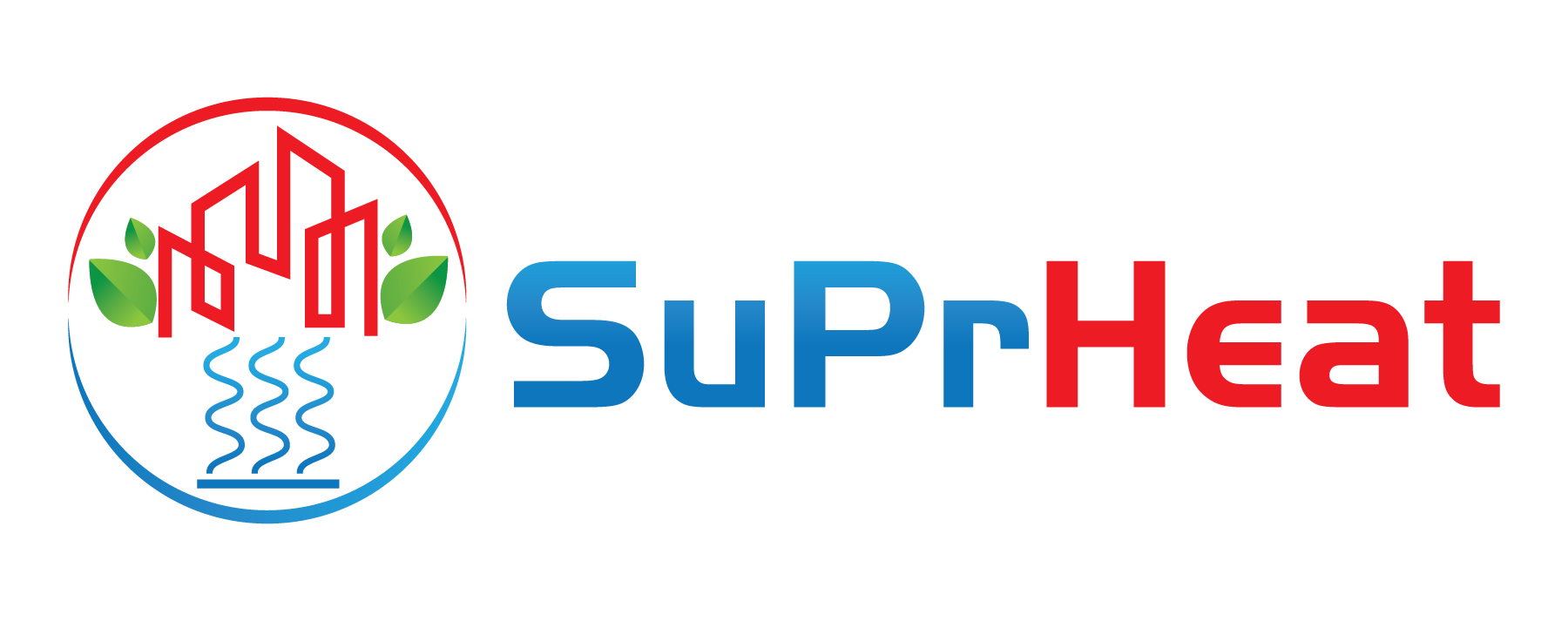
Temperature Glide Matching
Good matches of the temperature profiles of the working fluids and the secondary process fluids are a prerequisite for reaching the highest performances.
The quality of heat is expressed by its temperature, and any decrease in temperature is accordingly a loss of quality. These kinds of inefficiencies cannot be avoided completely in thermal processes as a certain temperature is required for transferring the heat. However, the inefficiencies due to heat transfer can be reduced extensively by a proper system design, which considers the heat demand, the distribution network, and the heat pump system in a simultaneous optimization.
Matching heat demand and heat pump system
In order to reach a proper matching between the actual heat demand and the respective heat supply technology, it is important to consider both aspects in a common analysis. There are processes, which require heat at a constant temperature and thereby have a low glide in the temperature profile, e.g. evaporation processes. In contrast, there are processes in which a fluid is being heated and experiences a large increase in temperature.
The temperature profiles of the process heat demands define to some extent the design of the heat transfer network and the heat pump system. Processes with low temperature profiles may be advantageously covered from a steam network, which is driven by a steam compression system. Processes experiencing a large glide should be matched with a heat pump technology that experiences a similarly large temperature glide. For moderate temperature glides, hydrocarbon systems seem promising, while applications with large temperature glides might advantageously be matched with R744 in a Reversed Brayton cycle.
The technologies considered in the project were selected to cover a wide range of temperature glides in order to be able to provide high-performance solutions for a wide range of applications.
Reassessing the process heat network
Often, there is a process heat network which distributes the heat from the heat pump system to the process. In order to reach the highest performances, this process heat network should be considered in the analysis. This may create challenges, especially when considering existing process facilities designed for a combustion-based process heat supply. In such cases, it is important not only to assess the heat transfer medium, but also the heat exchanger networks. It must be ensured that the heat exchange areas are sufficiently large to allow for lower supply temperatures from the heat pump-based utility. When converting from combustion-based process heat supply to heat pump-based process heat supply, it is, therefore, often necessary to consider investing in larger heat exchanger areas. This is associated with higher investment costs, which typically is compensated by increased heat pump performances.
